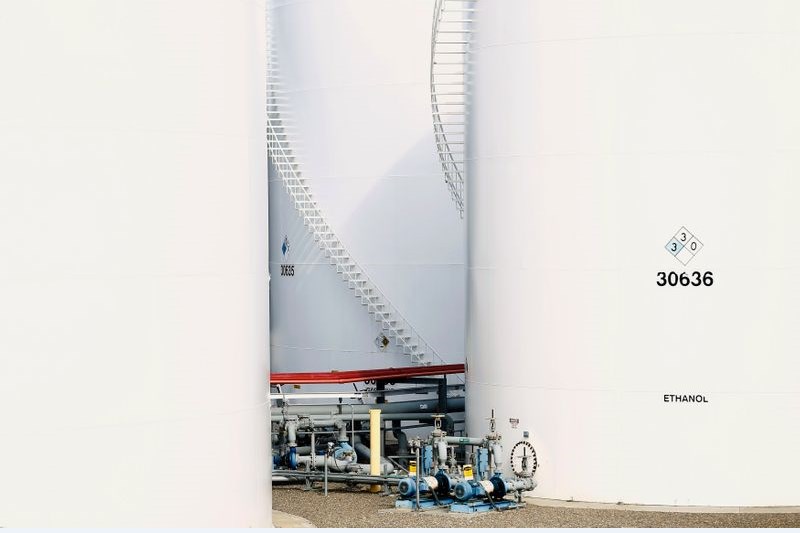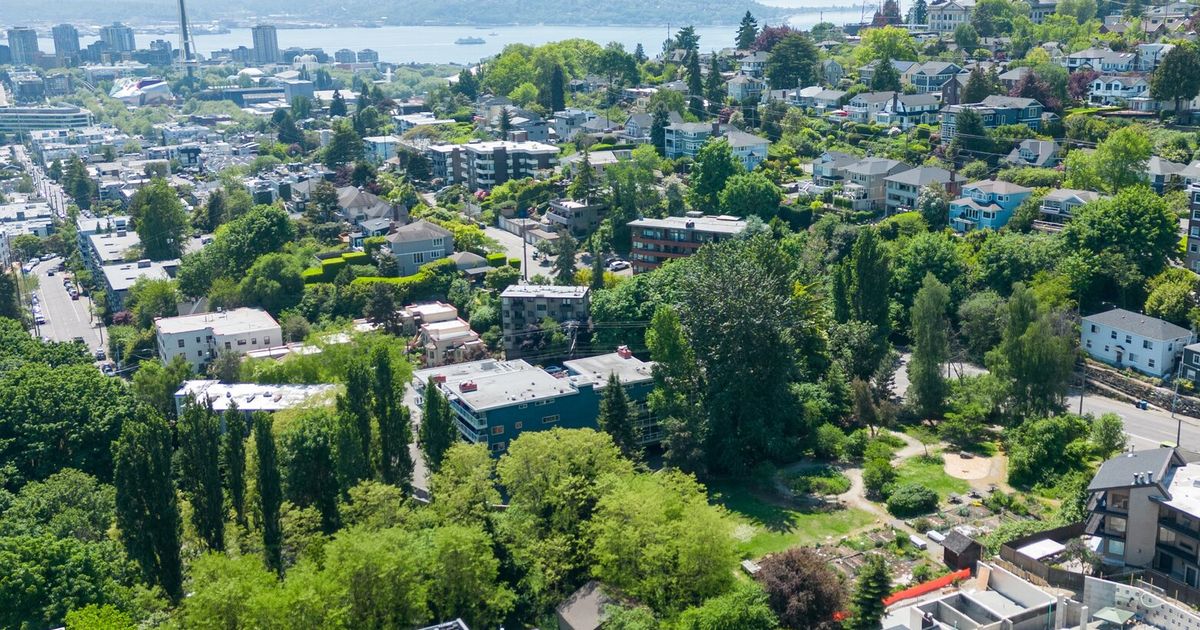As India embarks on the last quarter of a century as an independent country, hopes, opportunities and challenges abound for it.
A major hope is that India will conclude this 100-year journey firmly established as an upper middle-income country with inclusive prosperity; an idea that I call amiri badao and have written about many times. This destination for India is not inevitable, as is widely assumed. India’s ‘quantitative phase’ of growth, aided by favourable demographics and common-sense policies, will run out of steam in less than a decade. A mere extrapolation of growth takes for granted the need for long-range structural reforms, progress on social indicators, protection against external shocks and an overall continuing commitment to openness in society and in domestic and export markets. These factors are necessary conditions for the ‘qualitative phase’ that will dominate the second half of this quarter century. The time to ‘invest’ in those reforms begins now because it takes time to generate benefits and requires patience to build. Here is a road map for the required transformation.
primary education: The ‘quantity’ aspect of school enrolment has largely been accomplished by the Right to Education. The Indian school system is among the world’s largest already, with 1.5 million schools, 9.5 million teachers and 265 million enrolled students. There is nearly 100% enrolment now in primary and upper primary levels compared to the eligible population. Yet, as indicated by the latest Annual Status of Education Report (ASER), nationally, children’s basic reading and arithmetic ability have dropped alarmingly, reversing gradual gains in intervening years. Drops are visible in both government and private schools, in most states, and for both boys and girls. An urgent and intense focus on primary education quality is, therefore, a pre-requisite for India’s aspirations.
Science and innovation: India’s Soviet-era design for applied science and innovation made up of specialist laboratories and institutes divorced from universities and distant from industry is simply not agile enough for the knowledge economy of tomorrow that India must become. The bureaucratization of Indian science has resulted in a dearth of talent and in low-paid career-minded scientists. India’s current model of innovation is to apply science discovered elsewhere. To rise to upper-middle-income status, India will need to be a knowledge creator and patent generator in at least a few areas.
Green economy: “It is our turn to pollute,” goes the refrain of the nationalist economist. But for India’s own sake, we will need to evolve and deploy green technologies at a much faster rate than now. Solar panels, electric vehicle (EV) batteries and many other such items will need to be designed, sourced, and built here. India’s renewable share of electricity production (excluding large hydro and nuclear power) is only 12.3% today. Nearly 80% comes from thermal production. These ratios will need to be reversed by 2047. India’s renewable share in transportation, particularly, is negligibly small today.
Electricity market: India’s electricity market is a mess. Coverage is nearly 100%, but quality is poor. Additionally, market-based pricing structures are broken, compounded by the fact that nearly 23% of electricity is distributed free to farmers. As a result, most state-owned electricity distributors are bankrupt. India must immediately switch to a fully paid model, with a subsidy distributed in the form of targeted payments, akin to the model used for cooking gas. Without fixing the electricity market, India’s green aspirations will remain unfulfilled.
Railways: Reform has gone in fits and starts and has largely stagnated with the broad-gauging and partial electrification of tracks. Recent steps to convert several routes to an indigenously designed and built distributed-power semi-fast train (Vande Bharat) is welcome. Operational efficiency, cleanliness and quality will have to rise to justify market pricing for passenger fares. Without such pricing and without converting the railways financial statements format to that of a corporation, it is nearly impossible to operate a system worthy of an upper middle-class economy.
Jobs: Formalization of jobs is a critical area of development. An India without social and occupational security cannot be an upper-middle-income country. In particular, increasing female labour force participation from the current 25% to a more respectable 50% will be an automatic boost to growth, societal progress and living standards.
Administrative and judicial reform: As India’s economy and the country mature, the administrative and judicial system will need to evolve to meet the challenges. The rigid, functional silos of administration will need to give way to outcome and project-based cross-cutting structures. Talent will have to be evaluated, promoted and removed based on performance. The report of the 2nd Administrative Reforms Commission (ARC) has some excellent suggestions for these changes. Judicial capability and productivity will have to transform, so that contract and property rights justice can be administered quickly.
Much work needs to be done, but the prize is prosperity for a fifth of humanity. Let us approach India@100 with our sights turned forward rather than backward.
P.S: “Invent a new game, and there will be a lot of room at the top of the field for you,” said C.K. Prahalad, author of ‘India@75’
Download The Mint News App to get Daily Market Updates.
More
Less
Updated: 14 Aug 2023, 08:25 PM IST
















